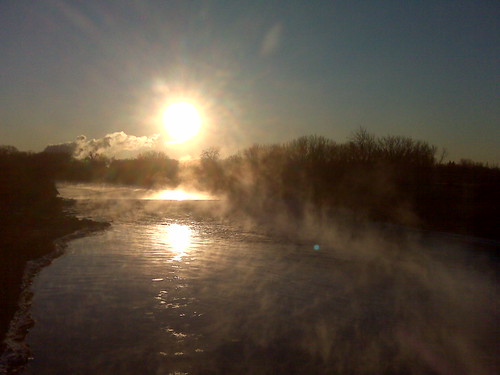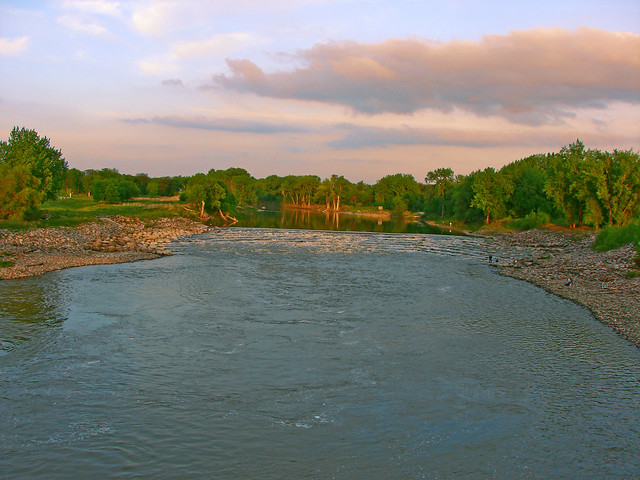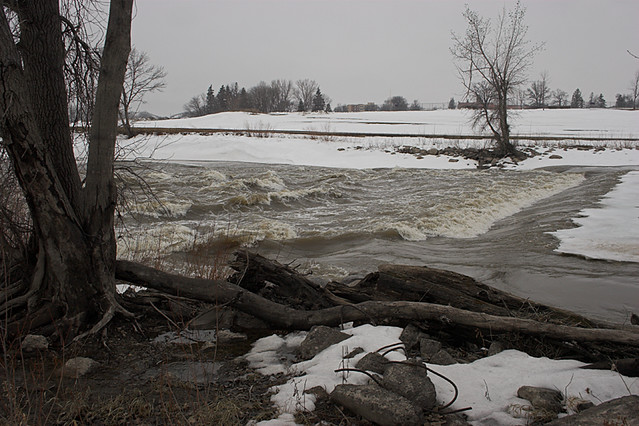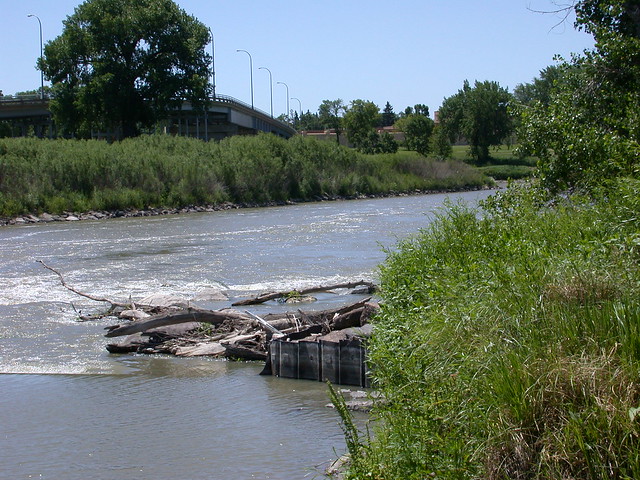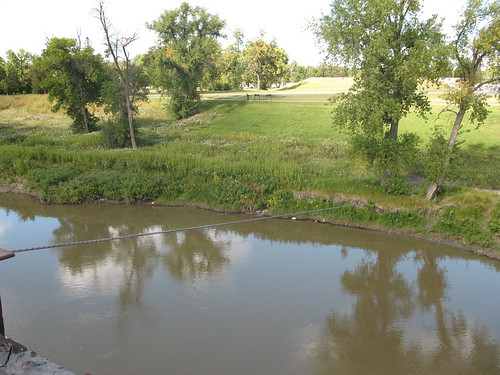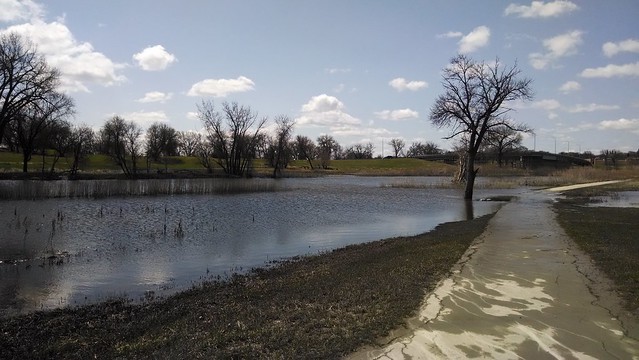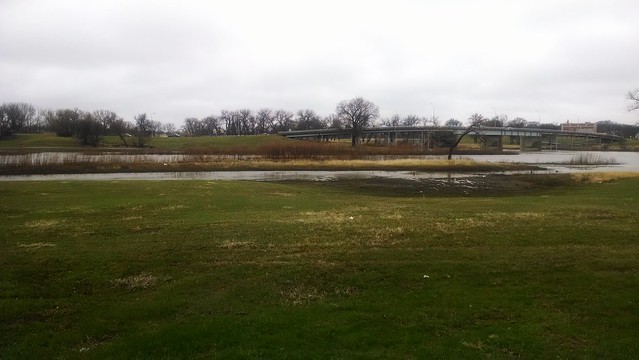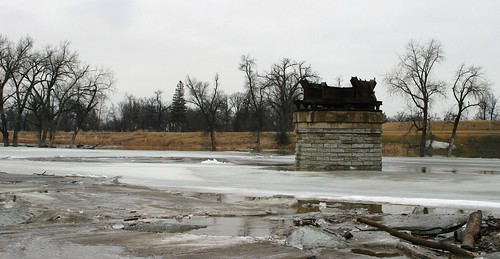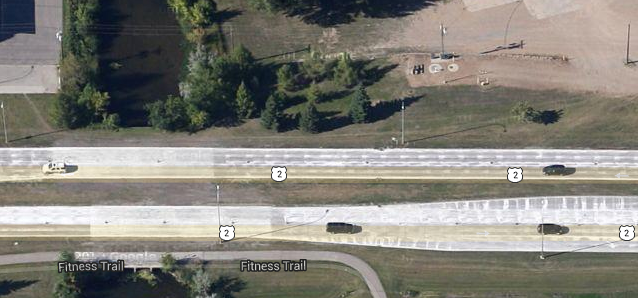Tom Dennis’ editorial in the Grand Forks Herald today is about electric cars, but he slipped in a little something else:
Money spent on one thing can’t be spent on something else; and in the case of electric-car subsidies, all kinds of other choices could have been made with that money, including spending it on environmentally friendly projects such as building bike lanes and developing mass transit.
I’m not out to paint Dennis and the Herald as having been against cycling infrastructure and mass transit, but I was surprised to see these statements in a town like Grand Forks, where people have had to fight hard to get concessions for alternative transportation. Thankfully, the Herald goes against the popular notion sometimes.
(Although I’m generally in favor of electric vehicles (where they make sense), I can see the point. The biggest name in electrics isn’t Chevrolet and the Volt, it’s Tesla Motors and whatever Elon Musk wants to do with it.)
Encouraging cycling for transportation and improving transit in Grand Forks/East Grand Forks would take a load (literally and figuratively) off our existing infrastructure by lowering the number of vehicles that pass over a given stretch of road per day. It would reduce congestion as well–fewer drivers means fewer cars to be stuck behind. Cycling can be part of a healthy lifestyle, at the very least would help people get 30 minutes a day of exercise. Transit improvements help those of us with the lowest income–to get to school, to get to work, and maybe even to sell one of the two (or more) cars your family already owns.
It’s unclear whether the powers that be would take back electric car subsidies and roll that money into more traditional alternative transportation, but you can’t start if you don’t have the idea.




